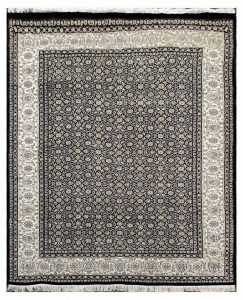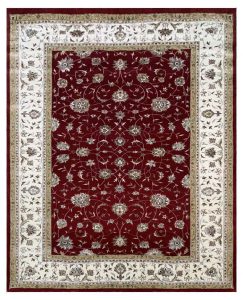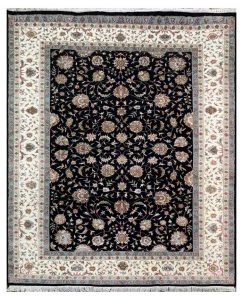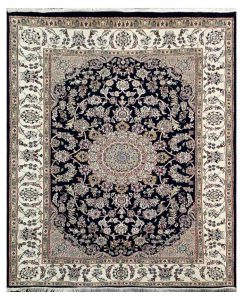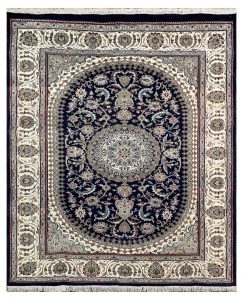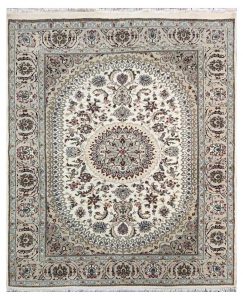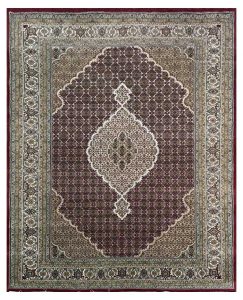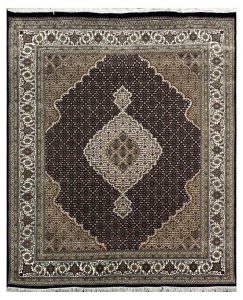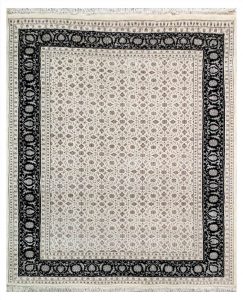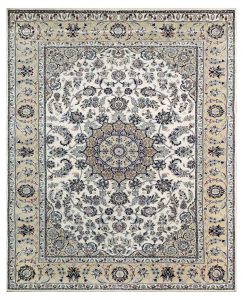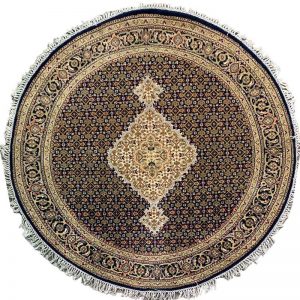Hand Knotted
Hand-knotting is a traditional art used to make rugs that are masterpieces of intricate designs. A hand-knotted rug is a one-of-a-kind rug that is woven completely by hand on a special loom. Popular types of hand-knotted rugs include Oriental and Persian rugs. These rugs are made from natural materials such as wool, silk, and cotton.
Weaving a hand-knotted rug requires a great deal of skill to produce. The quality and very often the cost of a hand-knotted rug is determined by the number of knots per square inch. In this case, a higher density means better quality.
A complex pattern can require very dense knotting, and thus it can take a long time to produce. It can often take months to complete a hand-knotted rug. An average weaver can tie about 10,000 knots per day. So you can imagine how long it can take to complete one rug, especially if it happens to be a large one. The time involved in making it also accounts for hand-knotted rugs costing more on average than hand-tufted rugs.
One of the easiest ways to spot a hand-knotted rug is to flip it over. A hand-knotted rug will not have a backing on it. The design is the same on both sides. It will look like you could turn it over and use it on either side thanks to the exquisite amount of detail from the knotting. A hand-knotted rug will likely have fringe because there is no binding on the ends of the carpet.



